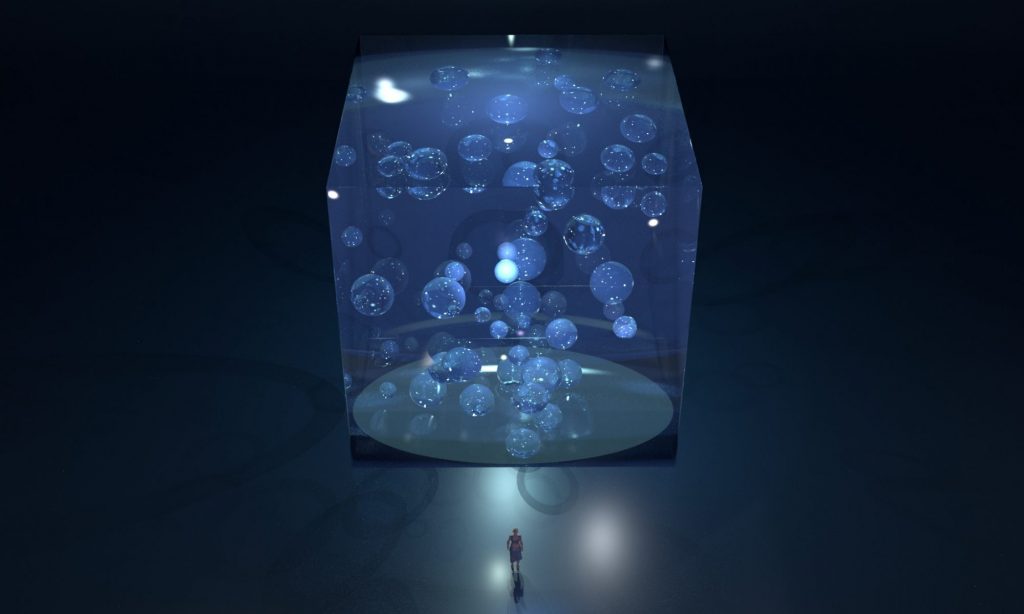Research
I did some research about multiple structures and different kinds of material wall collapse. For example, I read through some articles to make comparisons between the reinforced framed structure and steel structure, they have different features when deconstructed and both have cons and pros for buildings. Also, the glue and constraints structure may show differently when there’s a force to break the wall. I searched image references of various material deconstruction, like reinforced structures, steel, rebar, brick, and wood. Furthermore, I found some video references to see how exactly the structures collapsed. I’m interested in glass fracture, wood fracture, and brick wall collapse. I will make some simulation tests about different kinds of materials.


Miro Research Link:https://miro.com/app/board/uXjVNk48Rl8=/?share_link_id=958189597678
Simulation Test
Breaking wood, glass and concrete


I used RBD material fracture to make different kinds of fractures, which can create the wood, glass, and concrete texture. The four boxes are used to constrain the wood to be fractured.



The scatter point can be modified to create a number of fracture points of glass and the see can produce different kinds of positions to break. The boxes are also used for constrain.


The billowy smoke can create a dust feeling when the concrete pig is smashed, and it needs to be improved.
Colliding the brick wall



I made this breaking brick wall simulation by using the rbd material fracture and red constraint from rule. Firstly I built the brick wall in a procedural way, and I used rbd material fracture to make the wood window frame. The rbd bullet solver made the final collision by combining those sources together, and I keyframed the sphere to make it as the collider. Finally, I created the billowy smoke to make some dust effect for the bricks when they are falling.



To make the brick wall look more realistic, I added the point vop and used some vdb nodes to add some noises for the single brick. Then I used the normal to correct the faces and copy them to make the procedural wall.



To add some motivation for the collapsing wall idea, I want to make a driving car as the collision force to the wall. I used a car model that found on Sketchfab and rigged the car in Blender. I used an axis as the main control and made the car body and four wheels parented to it. The driver information on each wheel makes them move and the X-axis can create the effect of a correct wheel rotation.
After improving the look of the brick wall, I reset the simulation to make the car to crash the wall. I will align the wall in a more standard shape and add some smoke and dust.
Wood Wall Collapse
I exported the car animation as an alembic file and imported it to Houdini. The car is a collision source and I connected it with the rbd bullet solver to make the wood collapse. I will improve the car animation because it looks kind of slow right now and want to make the motion look sharper.
I downloaded a character with a spin attack with a weapon motion and imported it into Houdini. I used a similar way to make it a collision source to compare which kind of collision source looks better and more realistic. The glue wood wall looks too strong right now as not a lot of splinters are falling, and I will improve this later.
The constraints on the wood wall was strong and I improved it by bypass the rbd configure.
Voronoi Fracture Failed Test
I made this glue hard constrain wall fracture, but it couldn’t run the simulation correctly because the Houdini.19 has some version problem with the SOP import inside the top network. I found this issue also happened to other people on the internet, but I still want to show this unfinished simulation as my process.



Final Outcome
I used the copy nodes to make the brick wall and used the boolean to add the wood frames inside the wall. It has some problems with the boolean but I fixed that, it was because the boolean was like cutting the shape of the wall, and it had to be placed nicely and avoided overlapping with the brick edges. Furthermore, I used the match size to make a fractured glass window inside the frame. The whole simulation is made of glue constraint and simulated by an RBD bullet solver. The brick had too much constraint and I decreased them by playing with the parameters. The alembic car was still imported as collision geometry and it bumped the wall nicely. Finally, I added some billowy smoke to make the dust kind of effect.





I edited the final film in After Effects and used different kinds of sound effects, the sound of cars turning on their engines, and brakes, rubble falling, and the sound of bricks falling. As for the improvement, I think adding some particles could look more realistic as the dust. Also, the bricks might break as well in real life, not only the whole wall. Some pieces of bricks can also be constrained not to move.
